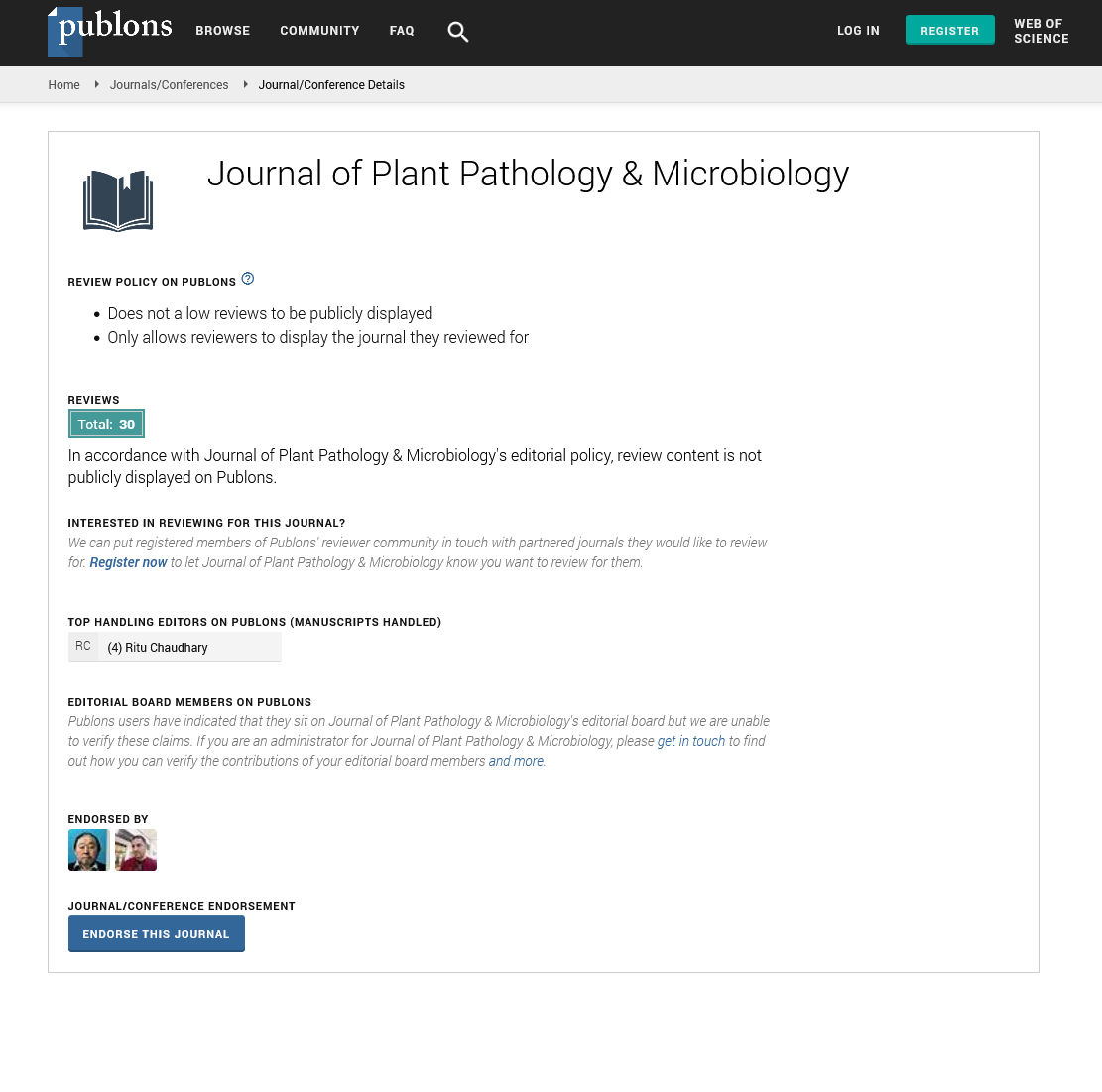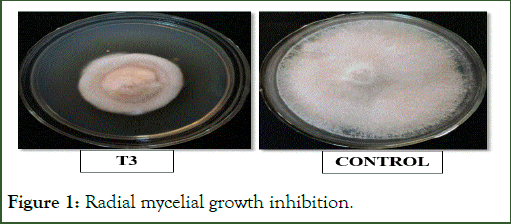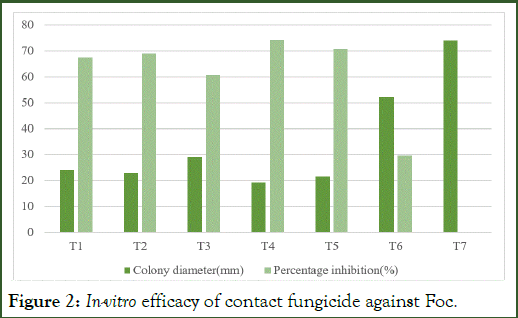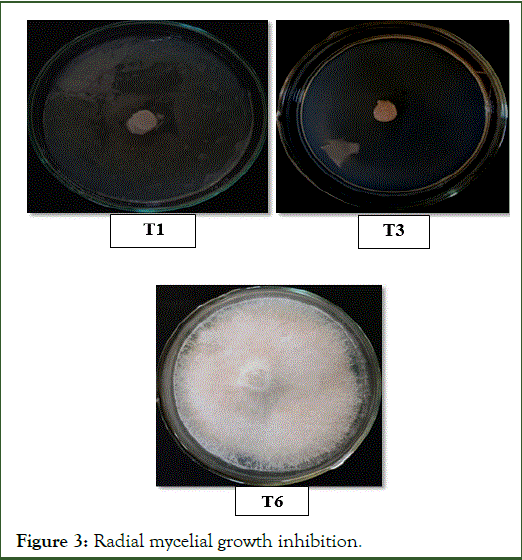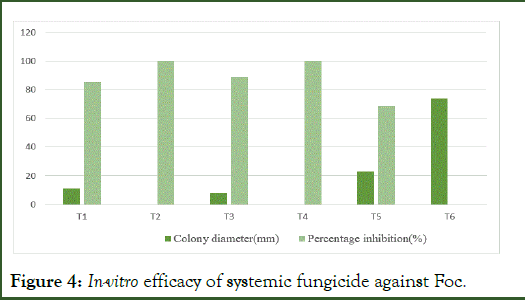Indexed In
- Open J Gate
- Genamics JournalSeek
- Academic Keys
- JournalTOCs
- CiteFactor
- Ulrich's Periodicals Directory
- Access to Global Online Research in Agriculture (AGORA)
- Electronic Journals Library
- Centre for Agriculture and Biosciences International (CABI)
- RefSeek
- Directory of Research Journal Indexing (DRJI)
- Hamdard University
- EBSCO A-Z
- OCLC- WorldCat
- Scholarsteer
- SWB online catalog
- Virtual Library of Biology (vifabio)
- Publons
- Geneva Foundation for Medical Education and Research
- Euro Pub
- Google Scholar
Useful Links
Share This Page
Journal Flyer
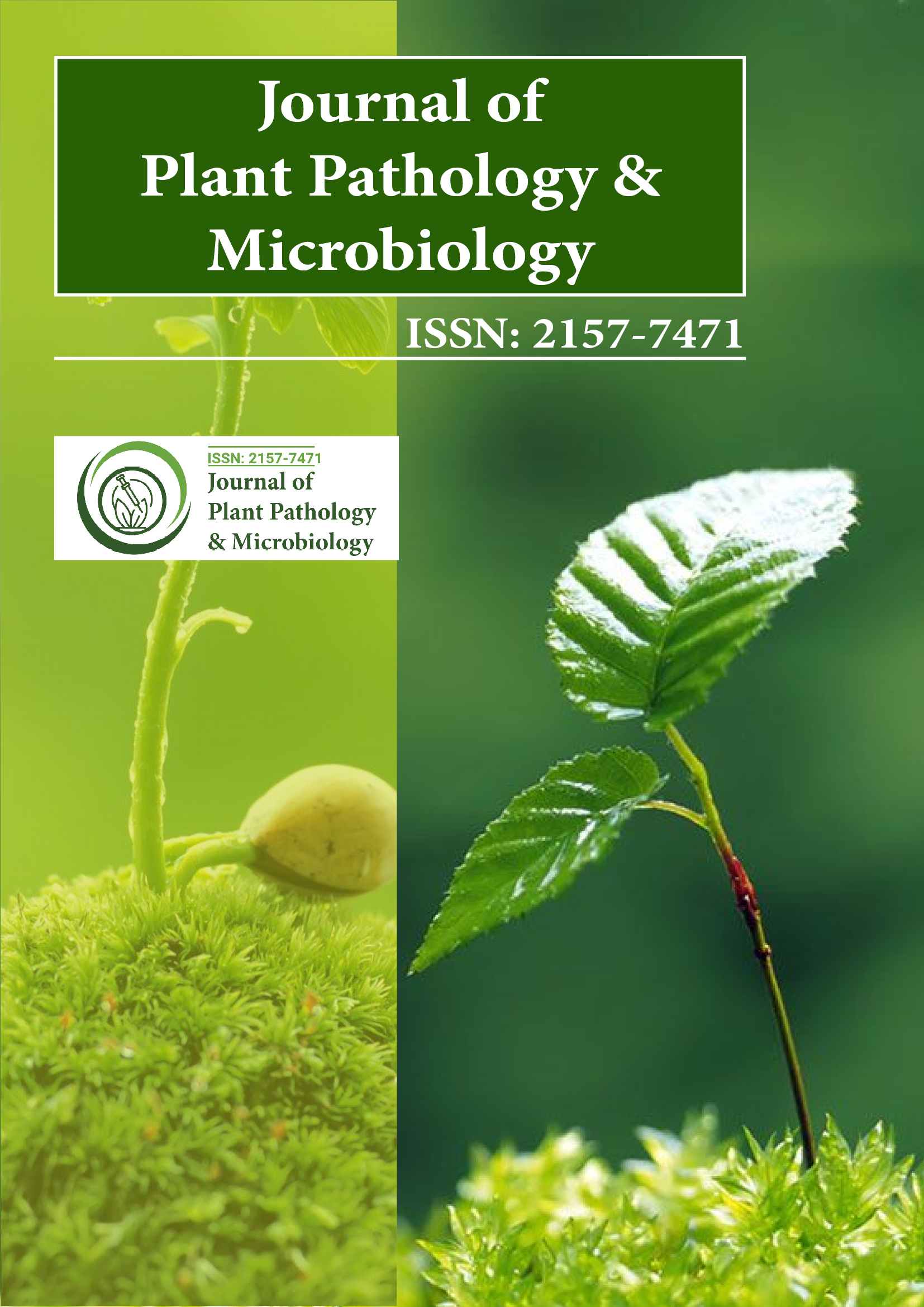
Open Access Journals
- Agri and Aquaculture
- Biochemistry
- Bioinformatics & Systems Biology
- Business & Management
- Chemistry
- Clinical Sciences
- Engineering
- Food & Nutrition
- General Science
- Genetics & Molecular Biology
- Immunology & Microbiology
- Medical Sciences
- Neuroscience & Psychology
- Nursing & Health Care
- Pharmaceutical Sciences
Research Article - (2025) Volume 16, Issue 2
Evaluation of Chemical Management against Fusarium oxysporum f. sp. ciceri Isolated from Local Fields of Saikheda Region, M.P Using Some Fungicide Formulations
Shubhank Dixit1, Pushpanjali Dhok2*, Ashutosh Rajoriya2 and Dhruv Kadu12Department of Plant Pathology and Agricultural Microbiology, GH Raisoni University, Madhya Pradesh, India
Received: 02-May-2024, Manuscript No. JPPM-24-25596; Editor assigned: 06-May-2024, Pre QC No. JPPM-24-25596 (PQ); Reviewed: 20-May-2024, QC No. JPPM-24-25596; Revised: 02-May-2025, Manuscript No. JPPM-24-25596 (R); Published: 09-May-2025, DOI: 10.35248/2157-7471.25.16.752
Abstract
This study aimed to assess the effectiveness of five systemic and six contact fungicides in vitro for managing Foc, a significant pathogen causing Fusarium wilt in chickpeas (Cicer arietinum L.). Using a dual culture technique, the antagonistic capabilities of these fungicides against Fusarium oxysporum f. sp. ciceri were investigated. Systemic fungicides tested included propiconazole (Tilt), Carbendazim (Bavistin), Kresoxim-methyl+Hexaconazole (Tata ayaan), Hexaconazole (Contaf plus) and Tubeconazole+Sulphur (unspecified), while contact fungicides comprised Zineb (Indofil Z-78), Propineb (Sanipeb), Chlorothalonil (Kavach), Captan (Agrox), Mancozeb (Sparsh) and Copper oxychloride (Bensaan). The inhibition of Foc mycelial growth was evaluated following incubation in a BOD incubator at 25 ± 2°C for 7 days. Results displayed varied efficacy among the tested fungicides, providing insights into their potential for Fusarium wilt management in chickpeas. This research contributes to the development of effective strategies for mitigating economic losses associated with Fusarium wilt in chickpea cultivation.
Keywords
Fusarium oxysporum f. sp. cicer; Fungicide; Wilt; Antagonism; In vitro
Introduction
Fusarium wilt, caused by Foc, poses a significant threat to chickpea (Cicer arietinum L.) cultivation worldwide, resulting in substantial yield losses and economic repercussions. This soilborne pathogen infiltrates the plant's vascular system, inducing symptoms such as vascular wilt and stunted growth, ultimately undermining agricultural sustainability and food security in affected regions [1].
Given the challenges associated with developing resistant cultivars and implementing sustainable cultural practices, chemical management remains a pivotal approach for controlling Fusarium wilt. However, the emergence of fungicide resistance and environmental concerns necessitate ongoing exploration of novel fungicides and formulations to effectively combat this pathogen. In this regard, in-vitro studies serve as indispensable tools for screening and assessing the efficacy of various fungicides against Foc [2].
This study endeavors to evaluate the effectiveness of a diverse array of systemic and contact fungicides in mitigating Fusarium wilt caused by Foc in chickpea. Employing a dual culture technique, the antagonistic potential of these fungicides against the pathogen will be rigorously assessed, offering valuable insights into their efficacy and suitability for integration into disease management protocols [3].
A comprehensive understanding of the efficacy of these fungicides is imperative for devising sustainable and integrated management strategies aimed at minimizing yield losses and safeguarding the economic viability of chickpea cultivation. Furthermore, elucidating the performance of these fungicides in vitro lays the groundwork for subsequent field evaluations, facilitating the development of tailored disease management approaches to effectively combat Fusarium wilt [4].
Materials and Methods
Antifungal activity evaluation of fungicides against Foc under in vitro conditions
Six contact and five systemic fungicides were assessed in vitro against Foc using the poisoned food technique, as described by Nene and Thapliyal. Both the systemic and contact fungicides were tested at a concentration of 1000 ppm. The radial mycelial growth of Foc was observed at 24-hour intervals until untreated control plates were completely covered with mycelial growth. The percentage of mycelial growth inhibition of the pathogen by the test fungicides compared to the untreated control was calculated using the formula provided (Tables 1 and 2) [5].
I=(C-T)/C × 100
Where,
I=Percent inhibition
C=Radial growth of test fungus in control plate
T=Radial growth of test fungus in treated plate
| Tr no. | Treatment | Trade name |
|---|---|---|
| T1 | Zineb | Indofil Z-78 |
| T2 | Propined 70% WP | Sanipeb |
| T3 | Chlorothalonil 75% WP | Kavach |
| T4 | Captan 50% WP | Agrox |
| T5 | Mancozeb 75% WP | Sparsh |
| T6 | Copper oxychloride 50% WP | Bensaan |
| T7 | Control | - |
Table 1: List of contact fungicide.
| Tr no. | Treatment | Trade name |
| T1 | Propiconazole 25% EC | Tilt |
| T2 | Carbendazim 50% WP | Bavistin |
| T3 | Kresoxim-methyl 40%+Hexaconazole 8% WG | Tata ayan |
| T4 | Hexaconazole 5% EC | UPL conquer |
| T5 | Tubeconazole 10%+Sulphur 65% WG | UPL tafuna |
| T6 | Control | - |
Table 2: List of systemic fungicide.
Results and Discussion
Evaluation of fungicides against Foc associated with wilt of chickpea contact fungicide
Six contact fungicides Zineb, Propineb, Chlorothalonil, Captan, Mancozeb and copper oxychloride-were evaluated against foc at a concentration of 1000 ppm.
Radial mycelial growth inhibition: The radial mycelial growth of Foc ranged from 19.2 mm to 52.10 mm compared to the control with a radial mycelial growth of 74 mm. Among the evaluated fungicides, Captan exhibited the least radial mycelial growth of 19.2 mm, followed by Mancozeb with 21.64 mm, Propineb with 22.95 mm, Zineb with 24.12 mm, Chlorothalonil with 28.97 mm and Copper oxychloride with 52.10 mm (Table 3 and Figures 1 and 2) [6-8].
Figure 1: Radial mycelial growth inhibition.
| Tr no. | Treatment | Colony diameter (mm) | Percentage inhibition (%) |
| T1 | Zineb | 24.12 | 67.4 |
| T2 | Propined 70% WP | 22.95 | 68.98 |
| T3 | Chlorothalonil 75% WP | 28.97 | 60.85 |
| T4 | Captan 50% WP | 19.2 | 74.32 |
| T5 | Mancozeb 75% WP | 21.64 | 70.75 |
| T6 | Copper oxychloride 50% WP | 52.1 | 29.59 |
| T7 | Control | 74 | 0 |
Table 3: In-vitro efficacy of contact fungicides against Foc.
Figure 2: In-vitro efficacy of contact fungicide against Foc.
Percentage inhibition of fungal growth: The percentage inhibition of fungal growth varied among the evaluated fungicides. Captan exhibited the highest inhibition percentage at approximately 74.05%, followed by Mancozeb with around 70.70%, Propineb with about 69.00%, Zineb with roughly 67.40%, Chlorothalonil with approximately 60.94% and Copper oxychloride with around 29.73%. These results indicate varying degrees of effectiveness in inhibiting the radial mycelial growth of Foc [9].
Systemic fungicide: Five systemic fungicides-Hexaconazole, Carbendazim, Propiconazole, Tebuconazole and Kresoxim methyl-were evaluated against Foc at a concentration of 1000 ppm [10,11].
Radial mycelial growth inhibition: The radial mycelial growth of Foc was found least in Carbendazim (0 mm) and Tebuconazole (0 mm), followed by Propiconazole (8 mm), Hexaconazole (11 mm) and Kresoxim methyl (23 mm) (Table 4 and Figures 3 and 4) [12-14].
Figure 3: Radial mycelial growth inhibition.
| Tr no. | Treatment | Colony diameter(mm) | Percentage inhibition (%) |
| T1 | Hexaconazole | 11 | 85.13 |
| T2 | Carbendazim | 0 | 100 |
| T3 | Propiconazole | 8 | 89.18 |
| T4 | Tebuconazole | 0 | 100 |
| T5 | Kresoxim methyl | 23 | 68.91 |
| T6 | Control | 74 | 0 |
Table 4: In-vitro efficacy of systemic fungicides against Foc.
Figure 4: In-vitro efficacy of systemic fungicide against Foc.
Inhibition of radial mycelial growth
In assessing the efficacy of systemic fungicides against Foc, the percentage inhibition of fungal growth was determined based on radial mycelial growth measurements. Among the fungicides tested, Hexaconazole exhibited a significant inhibition of fungal growth, with a percentage inhibition of approximately 85.13%. Carbendazim, conversely, demonstrated complete inhibition of fungal growth, achieving a percentage inhibition of 100%. Propiconazole also displayed substantial inhibition, with approximately 89.18% inhibition of fungal growth. Tebuconazole, similar to Carbendazim, exhibited complete inhibition of fungal growth, achieving a percentage inhibition of 100%. Kresoxim methyl, while effective, demonstrated a moderate inhibition of fungal growth, with a percentage inhibition of approximately 68.91%. These findings underscore the varying degrees of effectiveness among the systemic fungicides tested, highlighting Carbendazim and Tebuconazole's complete inhibition and Hexaconazole and Propiconazole's substantial inhibitory activity against Foc [15-20].
Conclusion
The assessment of contact and systemic fungicides against Foc revealed distinct patterns of inhibition in radial mycelial growth, offering valuable insights into their efficacy in combating this pathogen. Among the contact fungicides, Captan emerged as the most effective in inhibiting fungal growth, followed by Mancozeb, Propineb, Zineb, Chlorothalonil and Copper oxychloride, each exhibiting varying degrees of effectiveness.
Notably, Captan demonstrated the highest inhibition percentage, indicating its potent antifungal activity against Foc.
In contrast, systemic fungicides displayed diverse efficacy profiles, with Carbendazim and Tebuconazole showcasing complete inhibition of fungal growth, followed by Propiconazole, Hexaconazole and Kresoxim methyl. Carbendazim particularly stood out for its comprehensive inhibition, while Hexaconazole and Propiconazole also demonstrated significant inhibitory activity. These results underscore the importance of selecting suitable fungicides tailored to the specific pathogen and understanding their mode of action for effective disease management strategies.
In conclusion, our in vitro study highlights carbendazim as the most effective fungicide against Foc among the tested options. This research provides valuable guidance for selecting and utilizing fungicides to combat Fusarium wilt caused by Foc, contributing to the development of sustainable and effective disease control strategies in chickpea cultivation. Further research is needed to confirm these findings in field conditions and to explore integrated disease management approaches aimed at reducing crop losses and ensuring food security.
Conflict of Interest
The authors of present work puts no conflict of interest as the research work is performed in the centralized level in the university itself without any interference of second party/ institute.
References
- Dennis C, Webster J. Antagonistic properties of species-groups of Trichoderma. I. Production of non-volatile antibiotics. Trans British Mycol Soc. 1957;57:25-39.
- Johnson B. Assessment of systemic fungicides for control of Foc. Crop Prot. 2002;30(4):234-245.
- Kumar S, Dutta S, Singh D, Singh H, Kumar P, Kumar P. Integrated disease management of chickpea Fusarium wilt caused by Foc. Indian Phytopathol. 2024;73:693-698.
- Pandey A, Pandey M, Singh M, Singh RK. Evaluation of bioagents and fungicides against Foc inciting wilt in chickpea. Ind Phytopathol. 2004;72:375-379.
- Singh R, Kumar S, Kumar P. Management of chickpea wilt caused by Foc under field conditions. Ind J Plant Protection. 2017;45:65-68.
- Smith A. Evaluation of contact fungicides against Foc. J Agri Sci. 2023;45(3):123-135.
- Vincent JM. Distortion of fungal hyphae in the presence of certain inhibitors. Nature. 1947;159:850.
- Patil B, Sridhara S, Pandian S. Evaluation of oomycete-specific fungicides and application strategies for controlling fruit rot disease on arecanut (Areca catechu L.). Cogent Food Agri. 2010;10(1):1-11.
- Abdel-Hamied M, Abdel-Maksoud G, Abd-Alrahman SH. Preliminary study for evaluation of some fungicides against Aspergillus flavus isolated from historical illuminated paper manuscript dated back to the Mamluk period. Biocatal Agri Biotechnol. 2023;57(3):1-12.
- Kongcharoen N, Kaewsalong N, Dethoup T. Efficacy of fungicides in controlling rice blast and dirty panicle diseases in Thailand. Sci Report. 2020;10(1):1-7.
- Fenta L, Mekonnen H. Microbial biofungicides as a substitute for chemical fungicides in the control of phytopathogens: Current perspectives and research directions. Scientifica (Cairo). 2024;2024:5322696.
- Antagonistic properties of species-groups of Trichoderma. I. Production of non-volatile antibiotics
- Amini J, SidovichD. The effects of fungicides on Fusarium oxysporum f. sp. lycopersici associated with Fusarium wilt of tomato. J Plant Protect Res. 2010;50:172-178.
- Nel B, Steinberg C, Labuschagne N, Viljoen P. A evaluation of fungicides and sterilants for potential application in the management of Fusarium wilt of banana. Crop Prot. 2007;26:697-705.
- Vani M, Kumar S, Gulya R. In vitro evaluation of fungicides and plant extracts against Fusarium oxysporum causing wilt of mungbean. Pharm Innovat J. 2019;8(8):297-302.
- Charan ND, Rajput KN, Panchal RR. Characterization and chemical management of cumin wilt disease caused by Fusarium oxysporum. Biosc Biotech Res Comm. 2023;16(3).
- Nikam PS, Jagtap GP, Sontakke PL. Management of chickpea wilt caused by Fusarium oxysporium f sp ciceri. Afric J Agri Res. 2012;2:692-697.
- Bhargavi G, Arya M, Prakash JP. Evaluation of bio control efficacy of rhizosphere dwelling bacteria for management of Fusarium wilt and Botrytis gray mold of chickpea. BMC Genomic Data. 2024;25(1):7.
- Pandey GK, Ahmad S. Management of chick pea wilt caused by Fusarium oxysporum f.sp. ciceri. J Entomol Zool Stud. 2018;6(5):618-624.
- Ahsan S, Minnatullah M, Upadhyay JP. Management of chickpea collar rot by integration of biological and chemical seed treatment. J Entomol Zool Stud. 2020;8(4):42-46.
Citation: Dixit S, Dhok P, Rajoriya A, Kadu D(2025) Evaluation of Chemical Management against Fusarium oxysporum f. sp. ciceri Isolated from Local Fields of Saikheda Region, M.P Using Some Fungicide Formulations. J Plant Pathol Microbiol. 16:752.
Copyright: © 2025 Dixit S, et al. This is an open-access article distributed under the terms of the Creative Commons Attribution License, which permits unrestricted use, distribution, and reproduction in any medium, provided the original author and source are credited.
